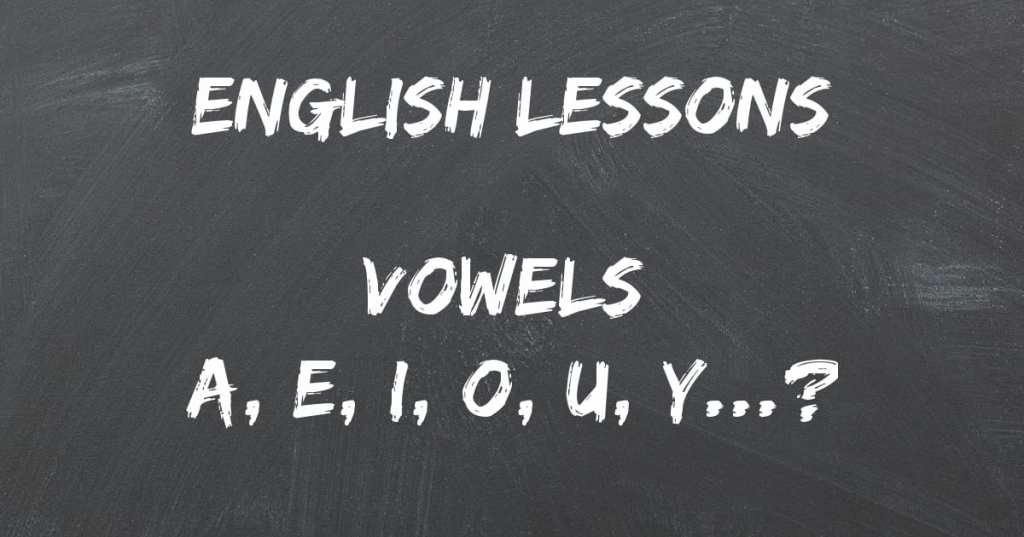Where are my fellow word nerds at?
I suppose if you clicked on this post, you’re right here – which is exactly where you should be if you’re excited to learn more about those five special letters in the English alphabet.
Vowels as essential to building words in English, and if you think the only important thing you need to know is which letters they are, think again – we’ve got 6 short but fun facts below!
6. Most languages have at least 3 vowels.

Image Credit: Pexels
The majority of languages in the world contain at least an i, a, and a u, and the highest number is estimated around 15.
It can be tough to identify vowels and vowel sounds due to length, nasalization, tone, and voicing quality – the International Phonetic Alphabet has symbols for 34 different vowels (you can listen to the sounds they represent here).
5. There are actually more than 5 (or 6) vowels.

Image Credit: Pixabay
We learn as kids that our vowels in English are A, E, I, O, U, and occasionally Y, but vowels can be defined as speech sounds as well as individual letters.
For example, an “oo” sounds different in words like “cook,” or “kook,” and the letter ‘a’ also makes multiple sounds when used in speech.
Depending on the dialect and common diphthongs – combinations of two vowel sounds – English actually has between 9 and 16 vowel sounds.
4. Some languages require vowel harmony.

Image Credit: Pexels
Languages like Hungarian, Turkish, and Finnish all require the vowel of a word ending to harmonize with the vowel it’s attached to – none of this keeping the same word endings no matter the vowel the way we do in English.
And I’ve just crossed some languages off my list to learn, because I am lazy.
3. Diphthongs make your Spanish sound American.

Image Credit: Pixabay
Diphthong is when the sound of one vowel moves into another, like how when you pronounce the word “no,” your mouth moves from an ‘o’ position into a ‘u’ position even though the sound never really changes.
The vowel in the Spanish pronunciation of the word is not a diphthong, and that’s why you don’t sound like a native Spanish speaker when you say it.
2. You don’t need every vowel to write a novel.

Image Credit: Pixabay
Author George Perec, a member of the French experimental literature group known as Oulipo, proved this in 1969, when he published La Disparition – 300 pages long – without once using the letter ‘e.’
The Spanish translation doesn’t use the letter ‘a.’
Another fun fact: Works created with these kinds of specific restrictions are called lipograms.
1. Some sounds can be considered vowels and/or consonants.

Image Credit: Pixabay
Vowels allow unrestricted airflow through the vocal apparatus, while consonants block that air flow.
Some letters, like a ‘u,’ can be pronounced to induce either scenario.
This is the same reason that a ‘y’ is sometimes a vowel and sometimes not – it depends on what sound it is making at the time.
It’s so great to learn new things every day, don’t you think?
What’s your favorite word-related fact? Drop it in the comments!






